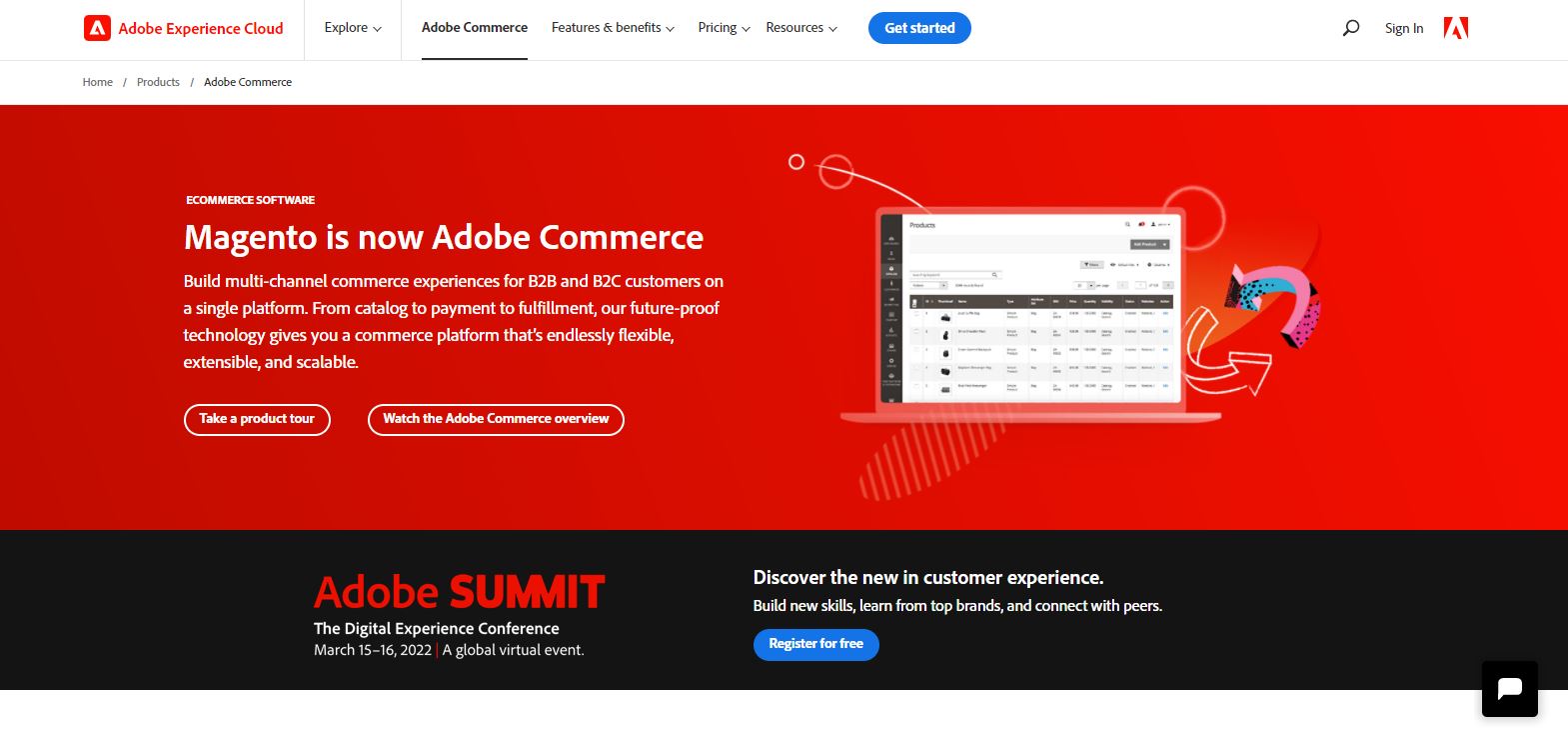In the ever-evolving landscape of digital marketing and data governance, managing campaign taxonomy, data standards, and metadata efficiently is a top priority for enterprises. Claravine has long been a trusted tool in the campaign data management space. However, marketers and data professionals are increasingly seeking alternative options that offer enhanced features, integrations, or pricing models. This guide explores three powerful alternatives to Claravine that provide competitive and sometimes even superior capabilities, helping teams streamline campaign execution and data quality control with confidence.
1. Adobe Workfront
Best for enterprises already embedded in the Adobe ecosystem
Adobe Workfront is a robust enterprise work management solution that excels in project tracking, collaboration, and workflow automation. For teams already using Adobe Marketing Cloud, Workfront integrates seamlessly with Adobe tools, allowing for efficient campaign planning and execution while maintaining aesthetic and technical consistency.
- Strengths: Full integration with Adobe Creative Cloud and Adobe Experience Manager, agile project management, strong collaboration features.
- Drawbacks: Can be complex to implement and comes with a higher price point.

The platform stands out with its built-in reporting functionalities and ability to align marketing goals with actionable execution plans, making it an ideal Claravine alternative for large, resource-rich organizations.
2. Segment by Twilio
Best for data unification and customer data infrastructure
While Claravine specializes in taxonomy and campaign data quality, Segment by Twilio provides a customer data infrastructure that helps teams collect, unify, and route customer data across tools. Segment empowers marketing teams with cleaner, standardized data pipelines, making it easier to maintain consistency across all channels.
- Strengths: Excellent data unification, multi-tool integration, customer tracking, and real-time data flow.
- Drawbacks: Requires technical buy-in from engineering or data teams for setup and ongoing use.
Segment serves companies looking to assemble a more holistic customer profile, aligning every interaction with well-structured data inputs. It’s particularly useful for SaaS and eCommerce brands that require deep integration between marketing, sales, and product insights.
3. ObservePoint
Best for data governance and tag auditing
ObservePoint offers automated data and tag auditing services, going beyond campaign taxonomy into real-time compliance and privacy monitoring. With a sophisticated suite for data governance and validation, it’s a preferred alternative for teams seeking high assurance of marketing data quality and consent compliance.
- Strengths: Automated audits, real-time compliance monitoring, detailed tag analytics, and strong support for privacy regulations.
- Drawbacks: May be too advanced for small teams or organizations with minimal auditing needs.
This solution is ideal for organizations that prioritize data accuracy and security. By validating all data collection points, ObservePoint helps ensure that analytical insights and marketing strategies are built on trustworthy foundations.
Key Takeaways
While Claravine remains a reliable asset in the digital data governance space, the market offers a range of tools that meet varying organizational needs. Whether a business is looking for tighter integration with Adobe tools, advanced customer data management, or comprehensive tag and data validation, these alternatives provide superior capabilities tailored to those specific goals.
Claravine Alternatives FAQ
-
Q: Why consider an alternative to Claravine?
A: While Claravine is excellent for taxonomy management and data consistency, alternatives may offer better integrations, scalability, or cost efficiency depending on your organization’s needs. -
Q: Is Adobe Workfront suitable for small teams?
A: Generally, Adobe Workfront is better suited for large enterprises due to its complexity and pricing, but smaller teams already using Adobe tools may still benefit. -
Q: What makes Segment different from Claravine?
A: Segment focuses on building unified customer profiles and managing customer data across platforms, whereas Claravine specializes in campaign taxonomy and metadata management. -
Q: Does ObservePoint require extensive setup?
A: ObservePoint does require some configuration, but it delivers robust, ongoing data and tag validation with minimal manual effort once it’s up and running. -
Q: Can these tools be used together with Claravine?
A: Yes, in some instances. For example, ObservePoint can complement Claravine by validating tags that Claravine helps define.


